Hi there, pet lovers! 🐠
Seahorses (genus Hippocampus) are some of the most enchanting and mysterious marine creatures one can ever encounter. With their horse-like heads, curling tails, and graceful swimming style, they captivate both aquarium hobbyists and casual observers alike. Keeping seahorses as pets can be a deeply rewarding experience, but it also requires a significant commitment to understanding their specialized needs.
In this comprehensive review, we’ll dive deep into everything you need to know about caring for seahorses—covering their behavior, care requirements, tank setup, feeding, costs, and availability. Whether you’re an experienced aquarist or just starting out, this guide will help you decide if a seahorse is the right addition to your aquatic family.
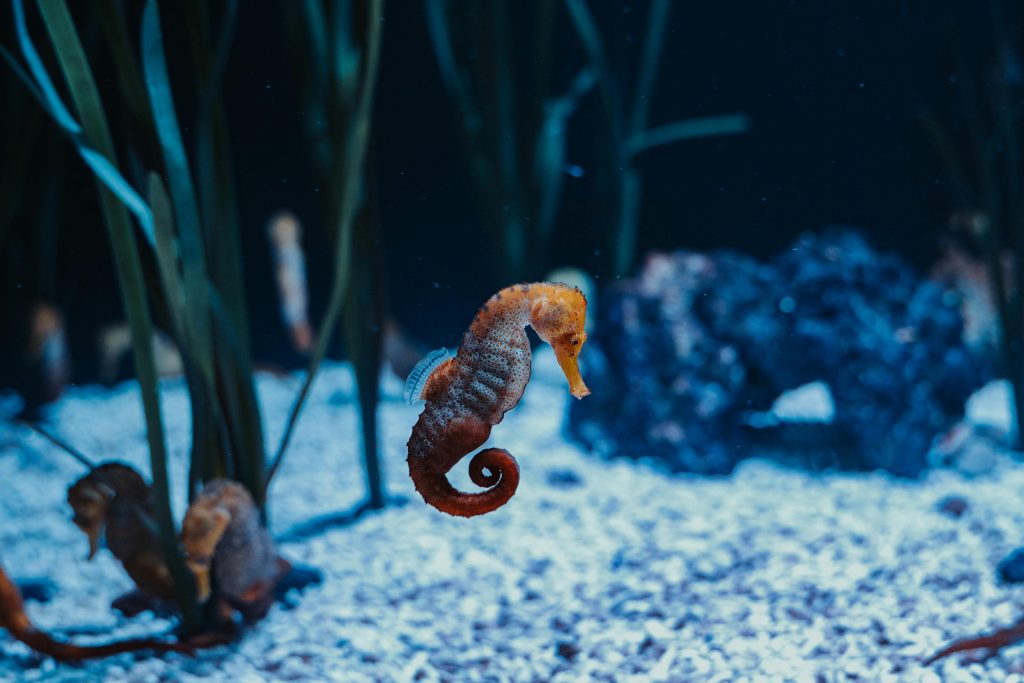
Overview
Seahorses are small, slow-moving marine fish found in shallow tropical and temperate waters around the world. They belong to the genus Hippocampus and are part of the Syngnathidae family, which also includes pipefish. Known for their upright posture and unique reproductive behavior—where males carry the babies—these creatures require special care and attention to thrive in captivity.
Here’s a quick summary of what makes them stand out:
- Handling and Temperament: Peaceful and gentle, best observed rather than handled.
- Care and Maintenance: Moderate to high maintenance, with specific water quality and diet requirements.
- Health and Durability: Delicate; require stable, clean marine conditions.
- Availability: Widely available from reputable marine breeders and aquaculture facilities.
- Cost: Moderate to expensive, depending on species and tank setup.
- Overall: A fascinating, mesmerizing pet for dedicated marine aquarium keepers.
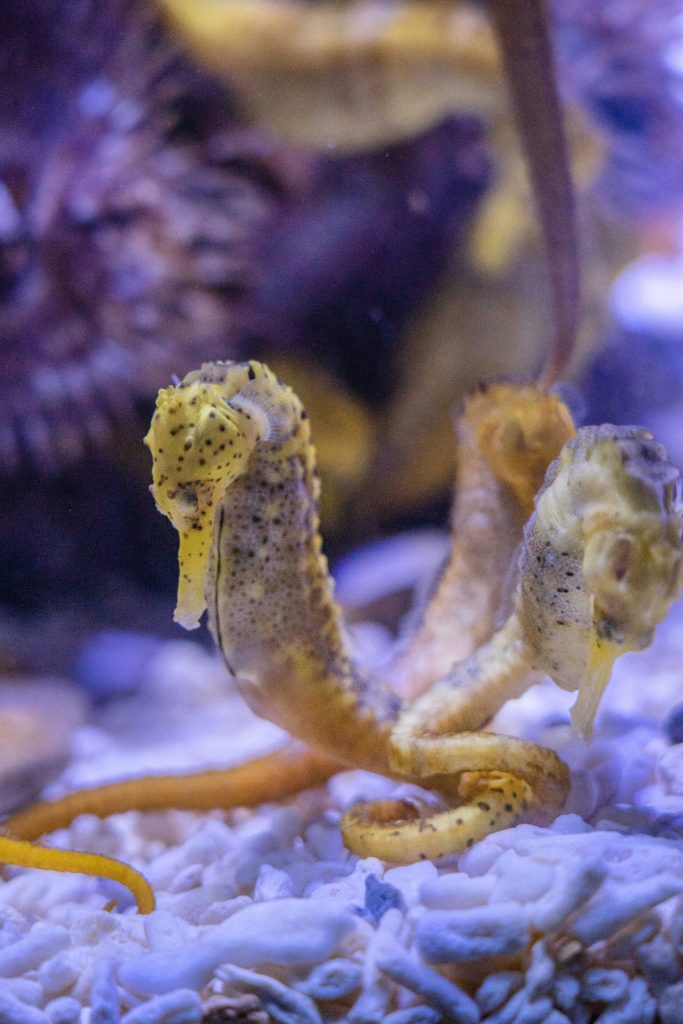
Why Choose a Seahorse?
Seahorses are among the most unique creatures in the marine world. Their graceful movements, monogamous pair bonds, and the extraordinary phenomenon of male pregnancy make them truly special. For aquarists seeking something unusual and mesmerizing, seahorses are an unbeatable choice.
Unlike many fish, seahorses recognize their owners over time and may even show excitement when approached during feeding. Their calm and curious nature brings a sense of peace and wonder to any aquarium. However, their care demands a dedicated and patient approach. Seahorses thrive in stable, mature marine environments where water quality, diet, and tankmates are carefully managed.
They are not suited for beginners in the aquarium hobby, but for those willing to learn and commit, seahorses reward their caretakers with unmatched charm and captivating behaviors.
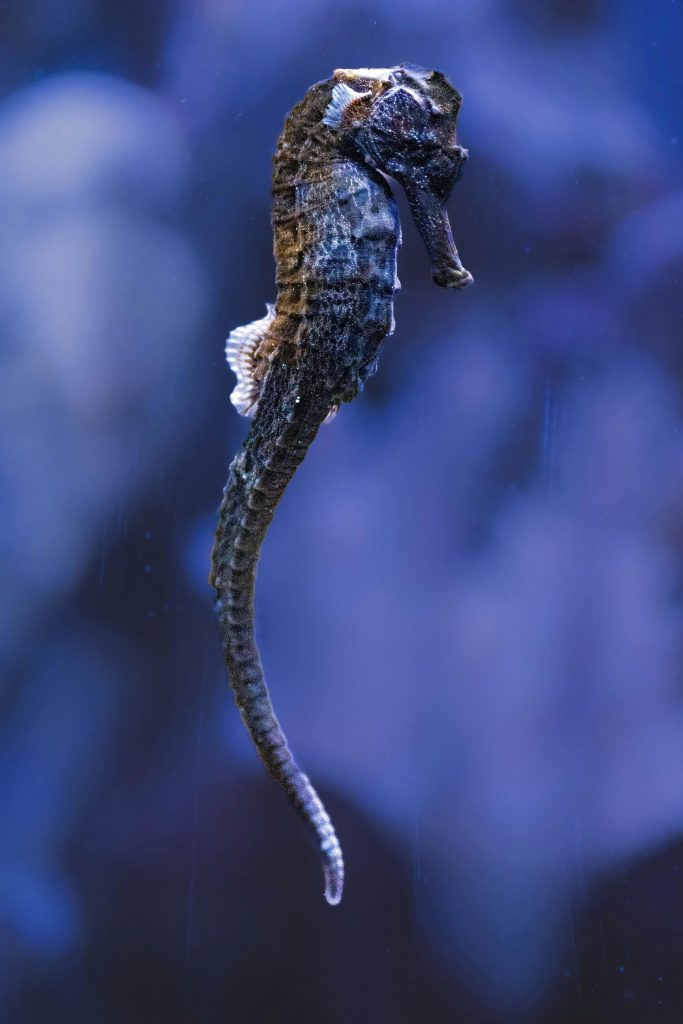
Handling and Temperament
Seahorses are gentle, curious, and non-aggressive creatures. They have a calm temperament and are best enjoyed visually rather than physically handled. Because they lack scales and instead have thin skin stretched over bony plates, their bodies are delicate and should never be touched.
Temperament Traits
- Peaceful: Seahorses are calm and shy, rarely displaying aggression.
- Social: They can form pair bonds and even “dance” together during courtship.
- Interactive: Many seahorses learn to recognize their keepers, especially during feeding times.
Handling Tips
- Never handle a seahorse directly; use a soft net or container when absolutely necessary.
- Avoid startling them with sudden movements or loud noises around the tank.
- Maintain a calm, stable environment—stress can lead to illness or feeding refusal.
Their peaceful demeanor also means they must not be housed with aggressive or fast-swimming species. Fish such as clownfish, tangs, or wrasses may outcompete them for food or cause stress. Ideal tankmates include pipefish, gobies, and small cleaner shrimp, which coexist peacefully.
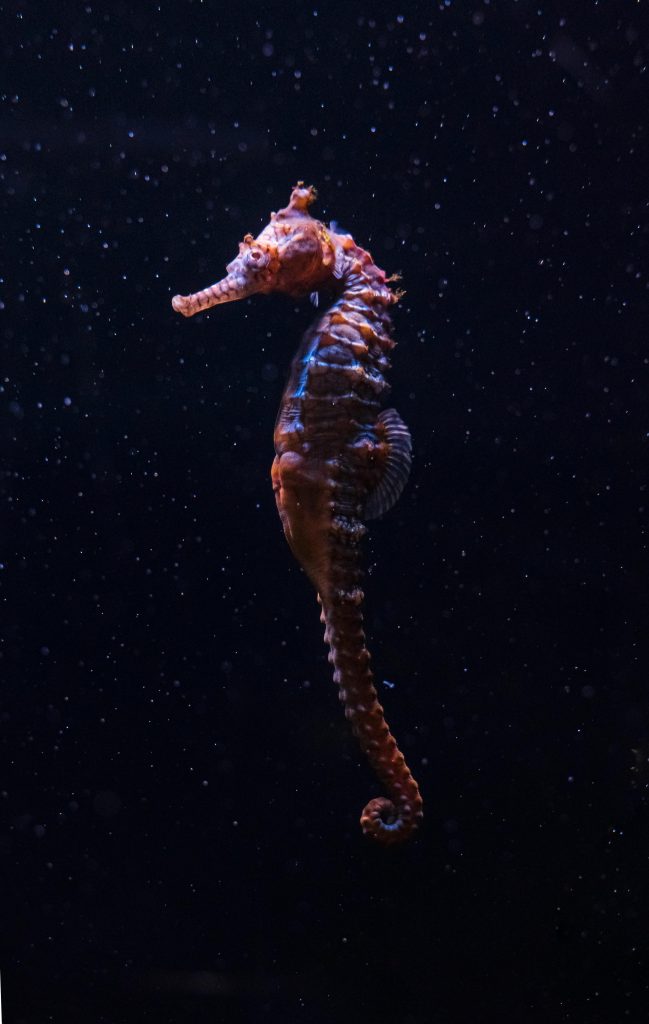
Care and Maintenance
Caring for seahorses is both an art and a science. They are delicate creatures that require pristine conditions, stable temperatures, and careful feeding routines. Below is a breakdown of their essential care requirements.
Tank Setup
- Tank Size: A minimum of 30 gallons is recommended for a pair of seahorses, though larger tanks (50–75 gallons) offer more stability and easier maintenance.
- Tank Shape: Vertical tanks are ideal since seahorses use their prehensile tails to anchor to objects and swim upright.
- Decorations: Provide plenty of hitching posts such as artificial corals, branching rocks, and marine plants. Seahorses rely on these structures for resting and security.
- Filtration: Use gentle filtration to maintain water quality without creating strong currents. Seahorses are poor swimmers and can become exhausted in turbulent water.
- Substrate: Fine sand or bare-bottom setups are easiest to clean and prevent food debris from accumulating.
Water Conditions
Stable water parameters are critical to seahorse health. They thrive in conditions that mimic shallow coastal reefs:
- Temperature: 72–77°F (22–25°C). Sudden changes can cause stress or disease.
- Salinity: 1.020–1.025 specific gravity.
- pH Level: 8.1–8.4.
- Ammonia/Nitrite: 0 ppm (even trace amounts are harmful).
- Nitrate: Below 20 ppm.
- Flow: Gentle, indirect flow to allow seahorses to feed easily.
Perform weekly water changes of 10–20% to maintain stability. Because seahorses are extremely sensitive to pollution, always use RO/DI water mixed with high-quality marine salt.
Lighting
Seahorses do not require intense lighting like coral species. Moderate lighting is sufficient for viewing and maintaining any live plants or macroalgae in the tank. Overly bright light can stress them, so aim for a soft, natural spectrum similar to dawn or dusk conditions.
Feeding
Feeding seahorses properly is one of the most important—and challenging—parts of their care. In the wild, they feed almost constantly on tiny crustaceans. In captivity, they must be offered suitable, nutritious foods multiple times a day.
Diet
- Frozen Mysis Shrimp: Their staple food; rich in protein and fatty acids. Brands such as Hikari or PE Mysis are commonly used.
- Live Foods (Occasionally): Enriched brine shrimp, copepods, and amphipods help stimulate natural hunting behavior.
- Supplements: Add vitamin-enriched or spirulina-based feeds occasionally to boost nutrition.
Feeding Schedule
- Feed 2–3 times daily in small portions.
- Use a feeding station—a designated area or dish where seahorses can easily find food without competition.
- Remove uneaten food after 20–30 minutes to prevent water contamination.
Seahorses have small, tubular snouts and no teeth or stomachs. They digest food quickly and must eat frequently to avoid starvation.
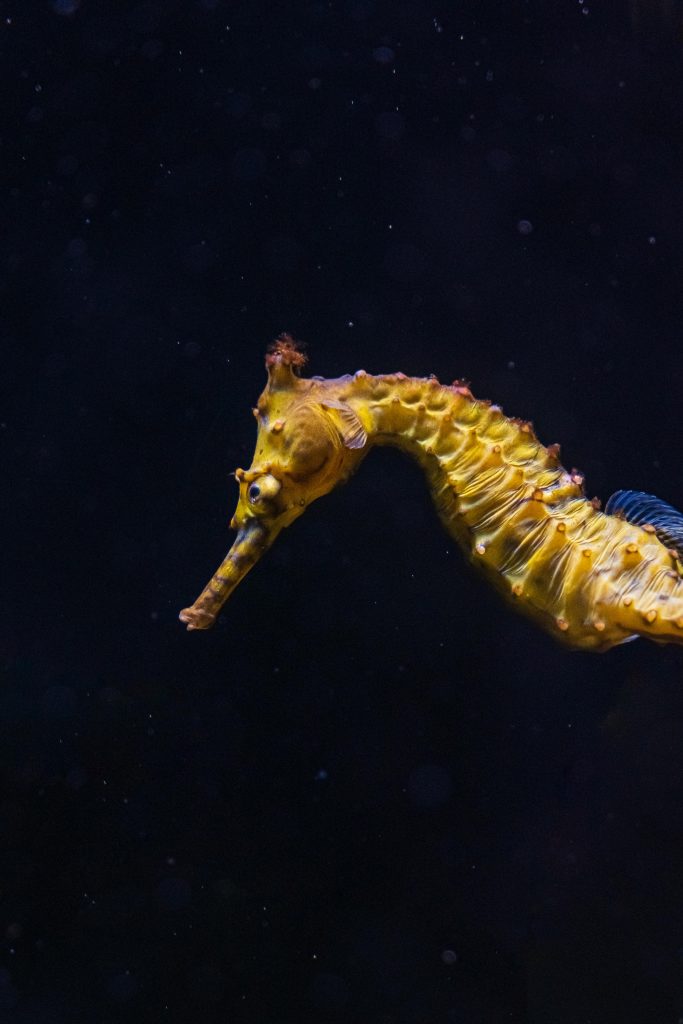
Health and Durability
Seahorses can live 3–5 years in captivity with proper care, though some species have been known to live longer under optimal conditions. However, their health is fragile and depends entirely on consistent care.
Common Health Issues
- Gas Bubble Disease: Caused by poor water quality or excessive air exposure; leads to buoyancy problems.
- Bacterial Infections: Often due to stress or dirty water; treat promptly with antibacterial medications.
- Feeding Problems: Stress or poor diet can lead to feeding refusal and rapid weight loss.
- Parasites: Marine parasites can affect wild-caught seahorses; quarantine new arrivals before adding them to the main tank.
Preventative Care
- Keep water parameters stable and clean.
- Avoid overcrowding and incompatible tankmates.
- Feed a balanced, varied diet.
- Observe daily for behavioral changes—early detection saves lives.
With diligent care, captive-bred seahorses are far more resilient and adaptable than wild-caught ones. Always choose captive-bred individuals to support sustainable aquaculture and improve survival rates.
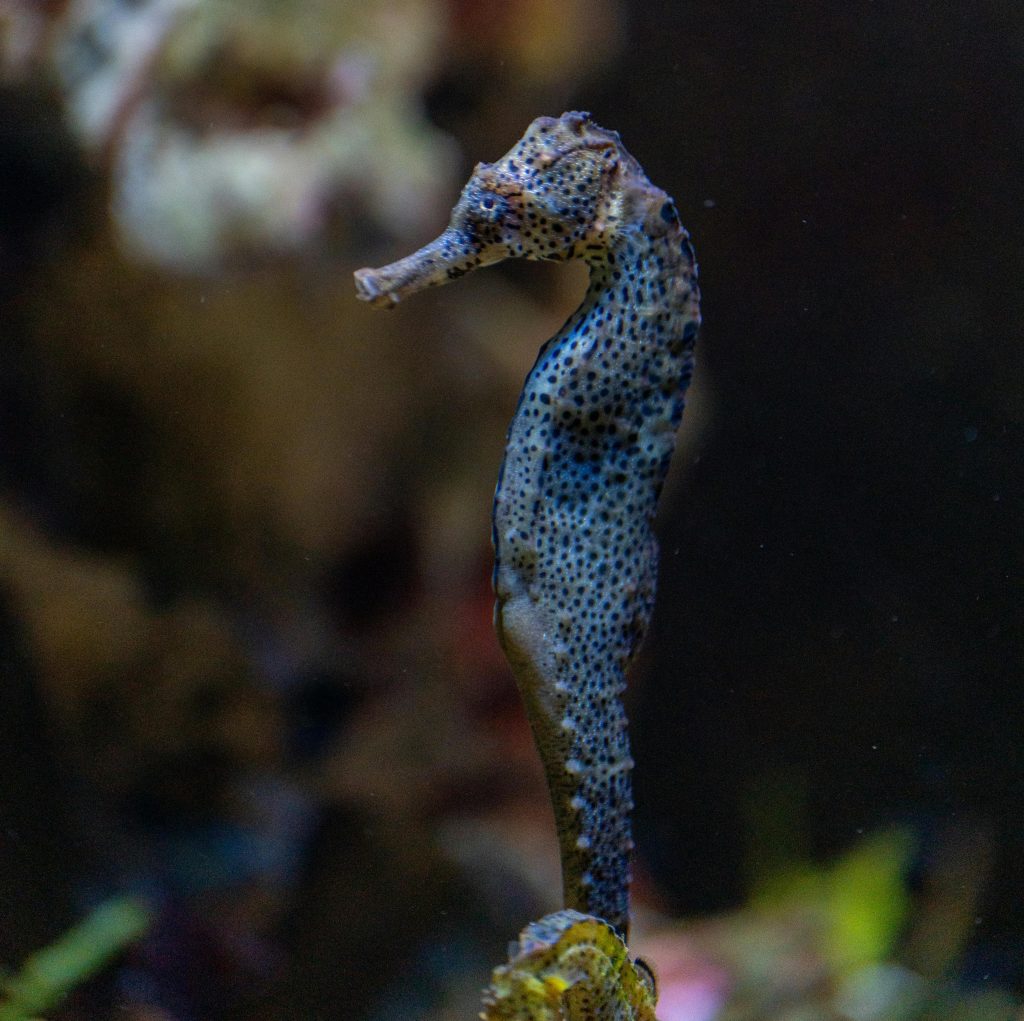
Availability and Cost
Seahorses are readily available through reputable marine breeders and specialized aquarium stores. Wild-caught specimens are best avoided—they often carry diseases and adapt poorly to captive conditions.
Where to Buy
- Captive Breeders: The best and most ethical option; these seahorses are already trained to eat frozen foods.
- Online Marine Retailers: Many trusted sellers offer overnight shipping with live arrival guarantees.
- Local Aquatic Stores: Ensure the store specializes in saltwater livestock and provides proper care information.
Cost Breakdown
- Seahorse Price: $60–$150 for common species (H. erectus, H. kuda), up to $400+ for rare or exotic species.
- Tank Setup: $400–$800, depending on size and equipment.
- Monthly Maintenance: Approximately $30–$50 for food, supplements, and salt mix.
While seahorses are not cheap pets, the beauty and tranquility they bring make them well worth the investment for dedicated aquarists.
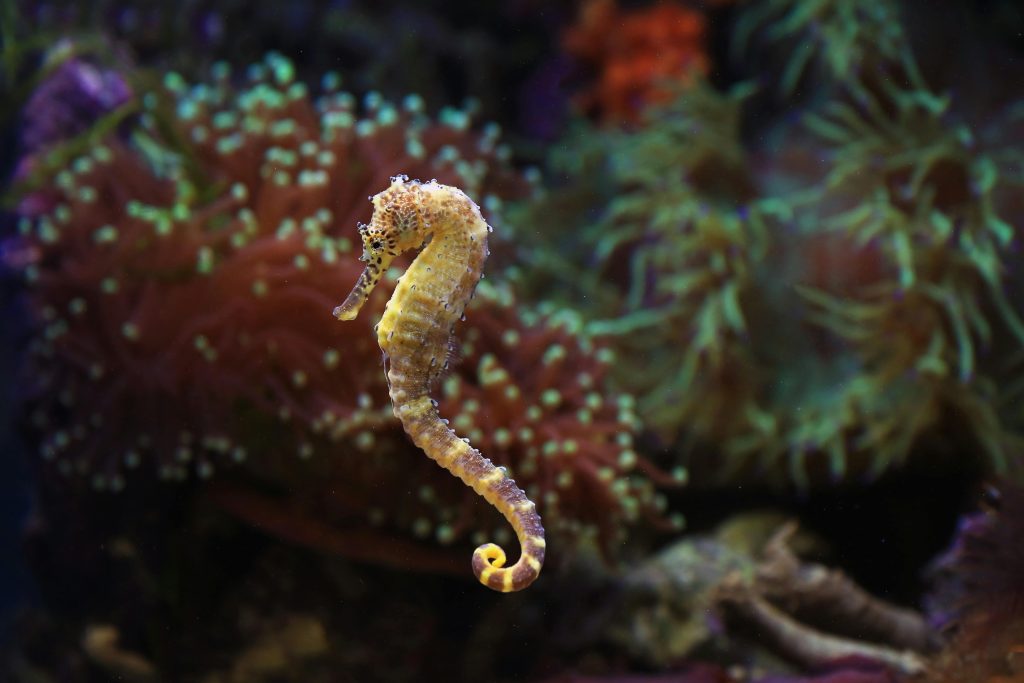
Pros and Cons
Pros
- Stunning appearance and captivating behavior.
- Peaceful and calming presence in a tank.
- Can recognize owners and interact during feeding.
- Unique breeding habits—males carry the babies!
Cons
- High maintenance; require stable water quality and specific diets.
- Not suitable for beginners.
- Cannot live with many other marine species.
- Prone to stress and disease if mishandled.
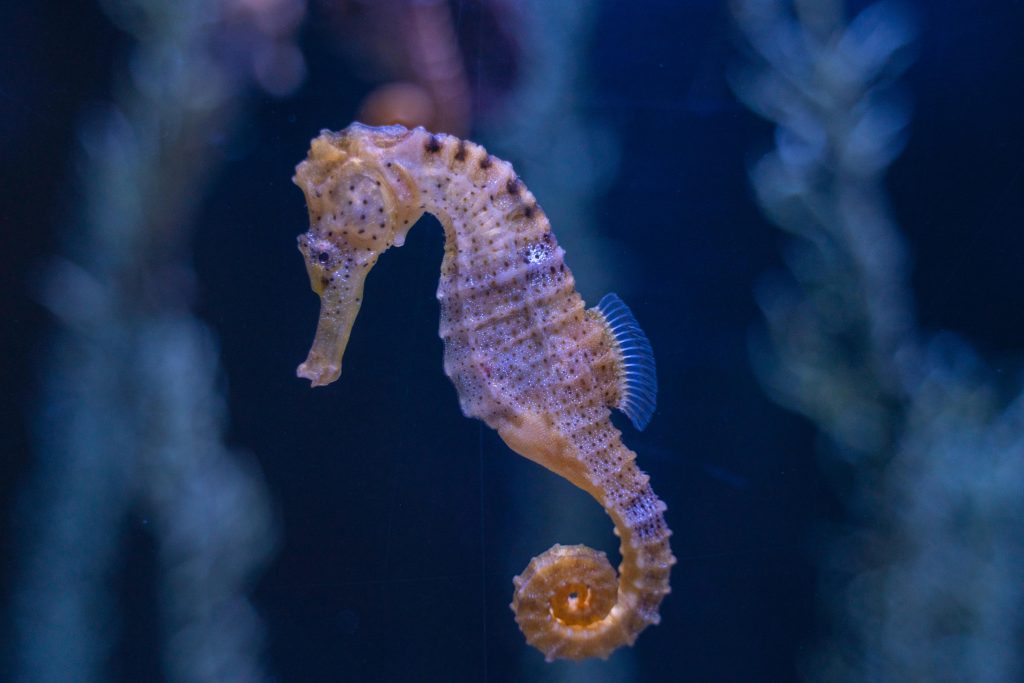
Final Thoughts
Seahorses are among the most fascinating creatures to ever grace an aquarium. Their gentle demeanor, elegant movements, and extraordinary biology make them unlike any other marine pet. While they demand careful attention and consistent maintenance, the reward of watching them thrive in a well-balanced tank is immeasurable.
For aquarists willing to dedicate the time and effort, seahorses offer a peaceful and deeply rewarding experience that brings a touch of the ocean’s magic into the home.
Have you ever kept seahorses before? Share your experiences and tips below—we’d love to hear how you care for these mesmerizing marine wonders.
For more aquatic pet reviews and marine care guides, stay tuned to our blog and subscribe to our newsletter for updates! 🌊

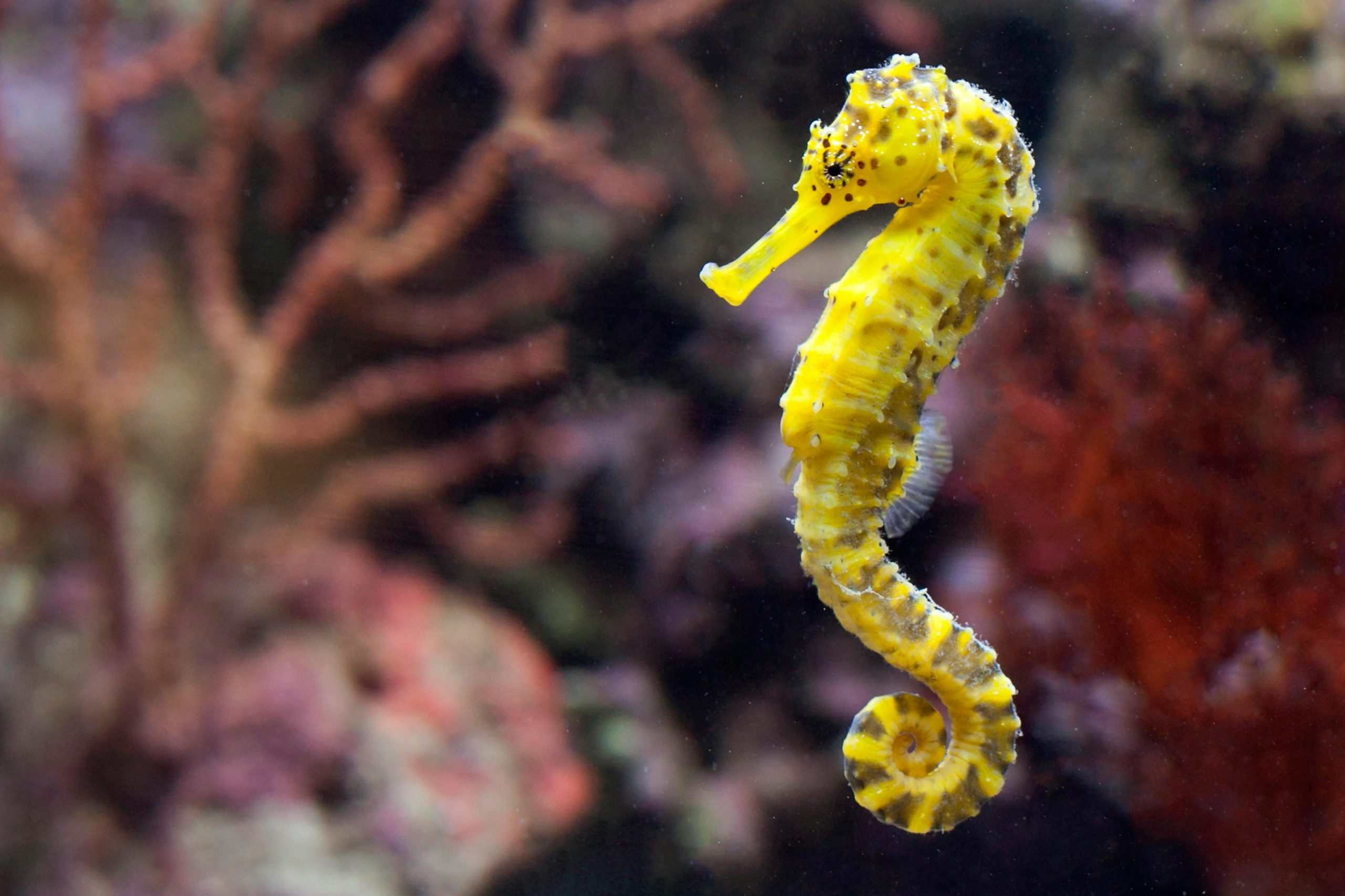

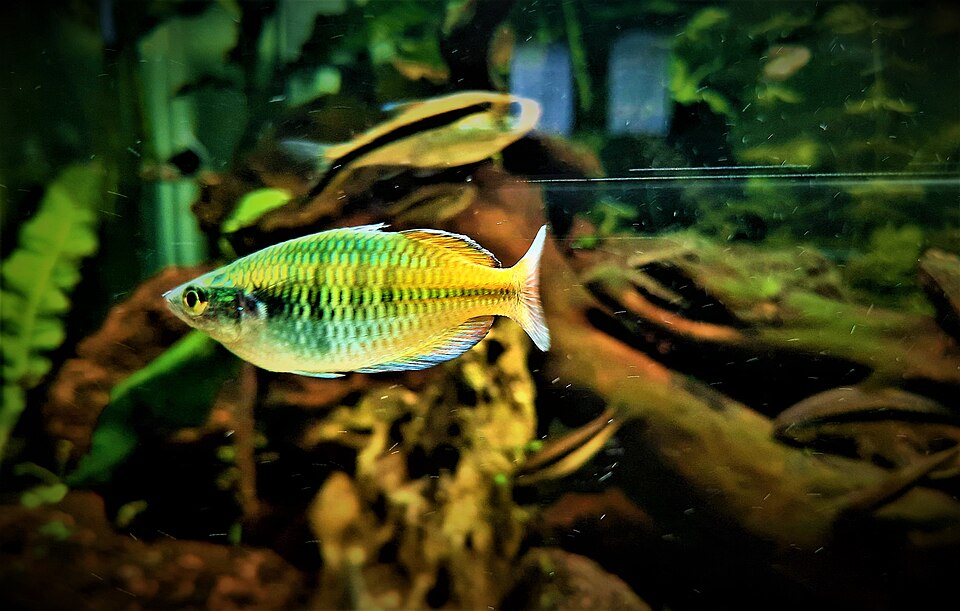
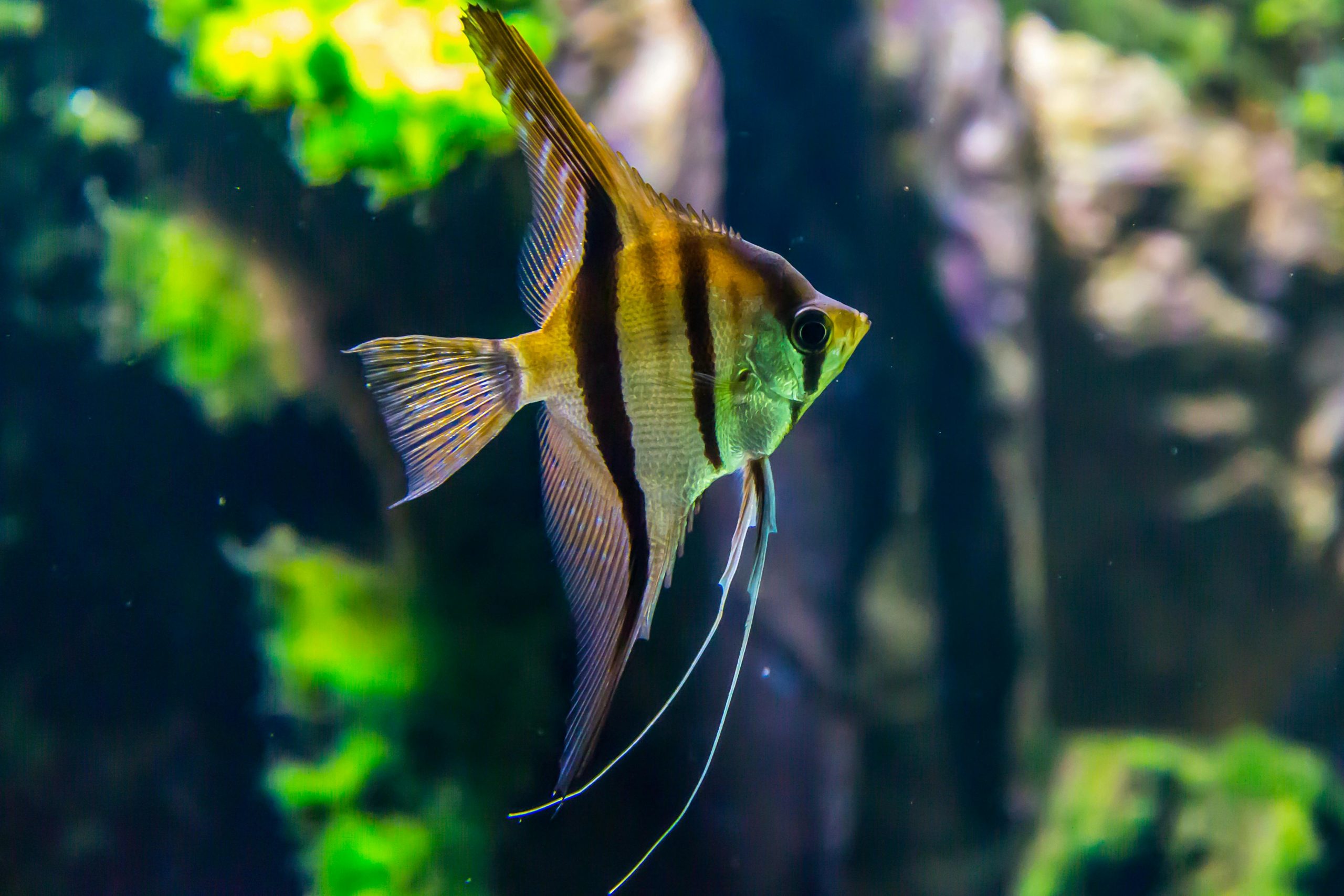
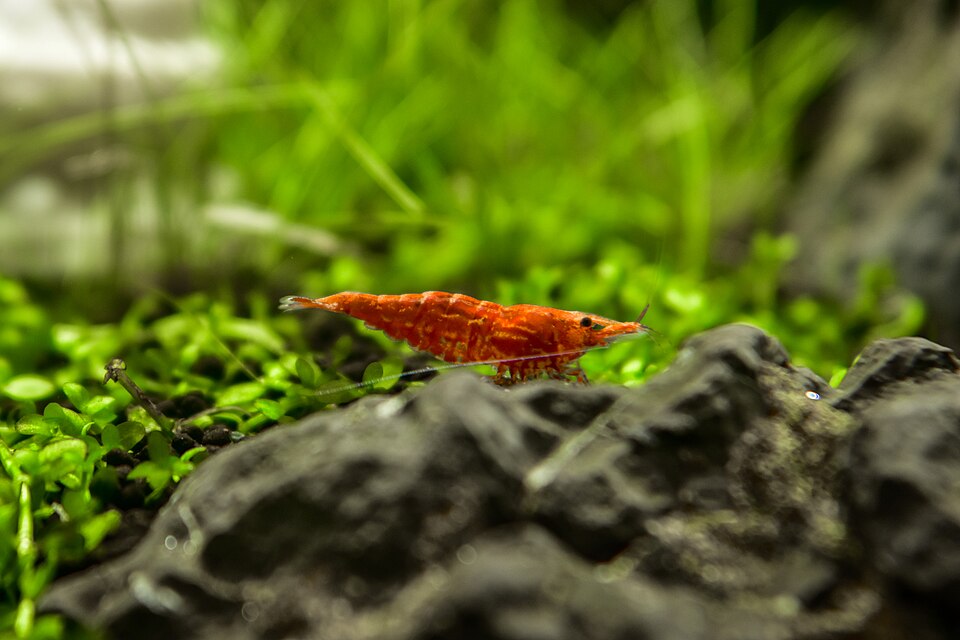

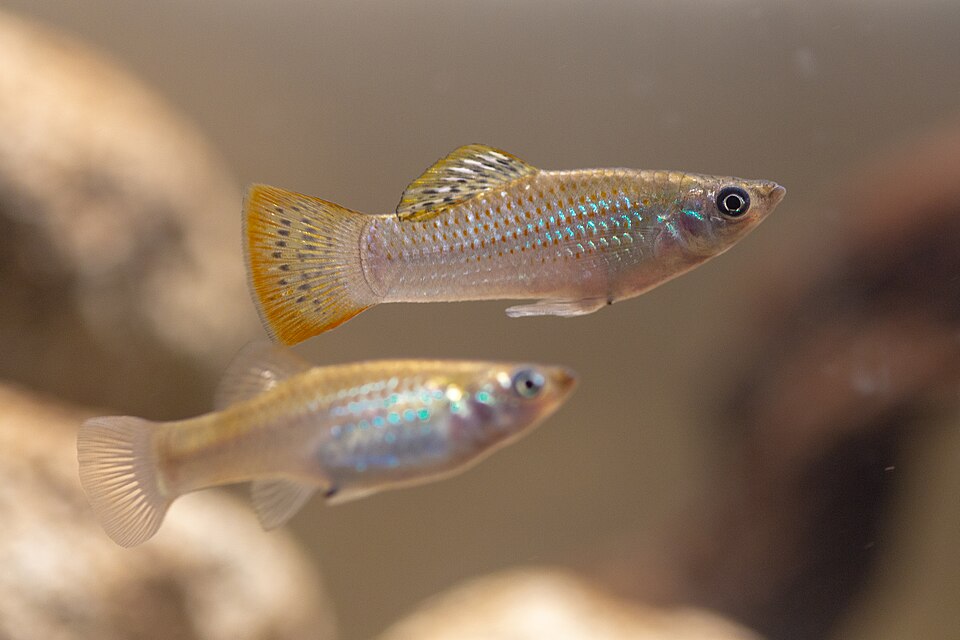
Leave a Reply